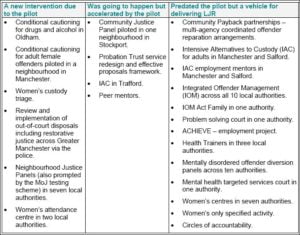
The Ten Commandments of Payment by Results
It’s getting increasingly difficult to have a productive debate about payment by results. For many people, PbR is merely shorthand for the privatisation or even a backdoor way of funneling public funds into multinational companies. For others, it is a potentially exciting approach to commissioning public services which can drive innovation and improved performance. But whether you love PbR or hate it, the main reason why it’s difficult to have a meaningful discussion is the lack of any evidence base. This post is my take on 10 critical success factors for PbR.










